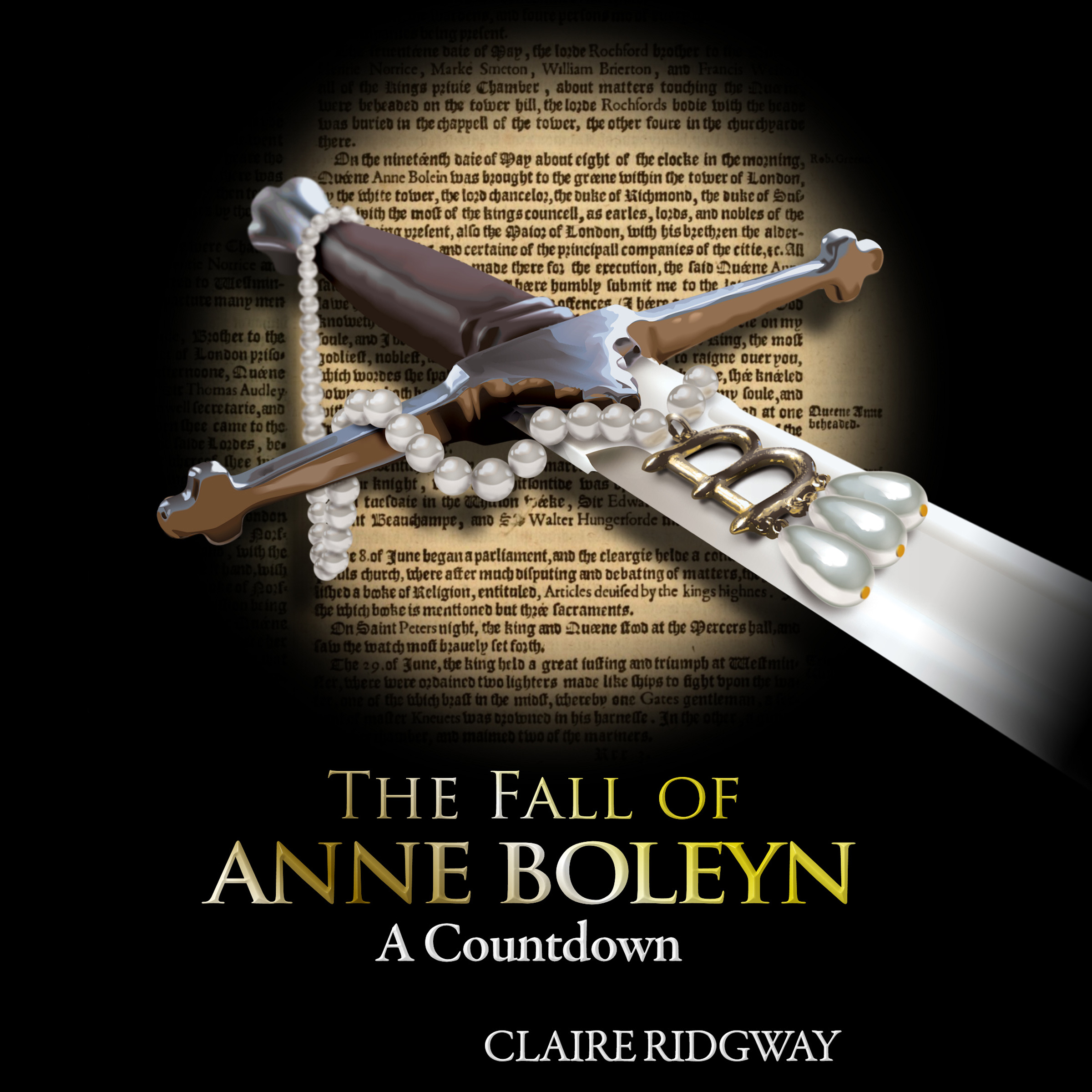On 28th April 1603, Queen Elizabeth I's funeral took place in London.
After her death on 24th March 1603, the body of Queen Elizabeth I was placed inside a lead coffin and carried by night in a torchlit barge along the Thames from Richmond Palace to Whitehall. There, the Queen was to lie in state until her funeral, giving time for the new king, King James I (VI of Scotland) to travel down to London. While the coffin lay in state, a life-size effigy of the Queen, dressed in her royal robes, was placed on top of it to act as a symbol of the monarchy while there was no monarch in England.
On 28th April 1603, Elizabeth's coffin was carried from Whitehall to Westminster Abbey on a hearse drawn by horses hung with black velvet. The coffin was covered in a rich purple cloth, topped with the effigy of Elizabeth with a sceptre in her hands and a crown on her head. Above the coffin was a canopy supported by six knights, and behind the hearse was the Queen’s Master of the Horse, leading her palfrey. The chief mourner was the Countess of Northampton who led the party of peers of the realm, all dressed in black. Chronicler John Stow wrote:
Westminster was surcharged with multitudes of all sorts of people in their streets, houses, windows, leads and gutters, that came out to see the obsequy, and when they beheld her statue lying upon the coffin, there was such a general sighing, groaning and weeping as the like hath not been seen or known in the memory of man.
Elizabeth was then buried at Westminster Abbey in the vault of her grandfather, Henry VII, until she was moved in 1606 to her present resting place, a tomb in the Lady Chapel of Westminster Abbey which she shares with her half-sister Mary I. King James I spent over £11,000 on Elizabeth I's lavish funeral, and he also arranged for this white marble monument to be built. The tomb is inscribed with the words:
Consorts both in throne and grave, here we rest two sisters, Elizabeth and Mary, in hope of our resurrection.
You can see an 18th century copy of the funeral effigy that was carried on Elizabeth I's coffin at the Westminster Abbey Museum and there is a photo of it at www.20thcenturylondon.org.uk. You can also visit the Westminster Abbey page on Elizabeth I's tomb at http://www.westminster-abbey.org/our-history/royals/burials/elizabeth-i.
Based on an extract from On this Day in Tudor History by Claire Ridgway.




The link to Westminster Abbey isn’t working for me!
Just FYI Anne Boleyn was my 14th great grand aunt…..
She’s my first cousin fifteen times removed. And, of course, I am named for her……and never allowed to date any boys named Henry. LOL
Ann Bullen Deitz
Wow Emily, how exciting to know that Anne Boleyn was a great grand aunt of yours!! How do you feel about it?
It feels really weird – to think that I am related to her and not even know it. Think of all the years that have passed since then and now the lineage of a queen is a simple advertising executive living in Miami, Florida! What seems so strange to me is that most of us don’t remember our ancestors beyond a great grandmother….anything further back than that is a blur. Why don’t we remember who we are and where we come from? Also, I wonder if there are any Boleyns still living and most importantly do they have a will that they don’t know who to leave their fortunes to???? Ha.
It’s not that we don’t remember antecedents further back than great grandparents, but that, taking into account ” man’s allotted span” , itis unlikely that we could have known them. Unless your family is/was one of the aristocracy, or “higher” then there were few records of births, marriages or deaths. Census records in the UK began in 1846 and didn’t give much information.
This tale is about the lineage of my English ties to Henry VIII’s court and his first wife Katharine of Aragon, It has been said that one of the Spanish-in-waiting ladies bore a child out of wedlock. There is no way that this fact can be definitely proven to be right but it is a nice story and quite possible I suppose. On my first visit to Hampton Clock I felt an eerie feeling that above the inside of the inner court gate there was a clock and, for me, a cold feeling which frightened me for I knew nothing of this before hand.
Greetings from America!
I know Richard Leveson was one of the knights, but who were the other five?
Will Elizabeth II have such splendor?
I’m glad to see this positive, uplifting description of the people’s love of good Queen Bess. History seems to be fickle apparently depending not on facts but who is writing it. We’re related to her too. My grandma had a relative too who had been a cousin of Queen Victoria and was thus one of her brides maids. but I know Queen Victoria wasn’t a Tudor. I’m related to QE 1 some other way.